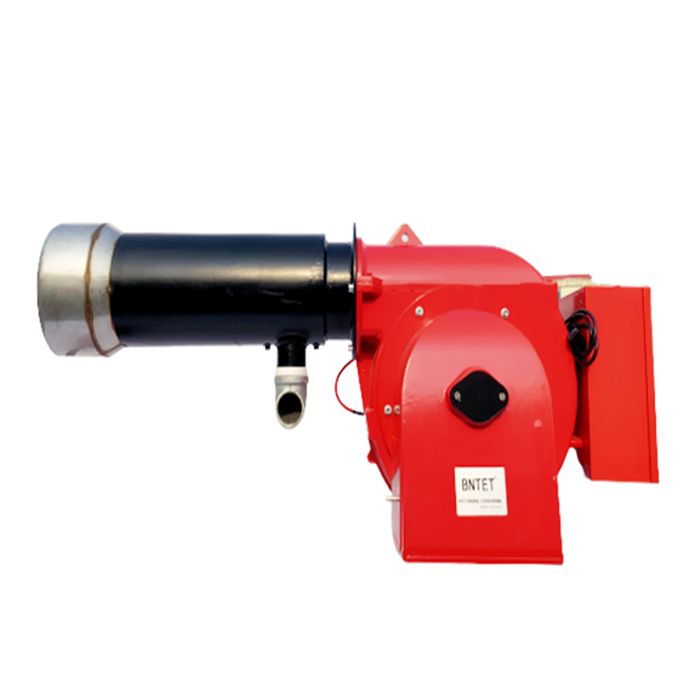
In the previous article, we talked about the upper part of the safety control requirements of gas burners/gas burners. Today, let’s talk about the next part. First of all, let’s review that my country is rich in natural gas and coal-based gas (the raw material is coal) resources; And it is a clean energy, Gu has good social and economic benefits. Gas burners are in line with my country's industrial policy, and the market prospects are very good, with great development prospects. However, in the development and design of gas burners, gas characteristics: flammability, explosiveness and toxicity are the primary issues for safety control. The following introduces the next part of the safety control requirements of gas burners:
5. Flameout protection: If the burner is accidentally extinguished during the combustion process, the burner will enter the protection state. Since the furnace is hot, and the gas is prone to deflagration, it must enter the protection state in a very short time and cut off the gas supply. From the flameout to the protection state of the burner, the response time of the process should not exceed 1 second.
6. Gas excitation high and low heel protection: The gas burner has a certain range for stable combustion, and only the gas pressure is allowed to fluctuate within a certain range. The purpose of limiting the high and low pressure of the gas is to ensure flame stability: no flameout, no flameout or backfire, and limit the output heat power of the burner to ensure the safe and economic operation of the equipment. When the gas pressure exceeds this range, the burner should be locked to work.
The design of the burner generally uses a gas pressure switch to sense the pressure signal and output the switch fort signal to control the corresponding work of the burner.
7. Insufficient air pressure protection: The gas burner is designed with high heat intensity, and its combustion method adopts the blast system. If the fan fails and the air is interrupted or the air is insufficient, immediately cut off the air, otherwise the furnace will deflagrate or flash back to the fan. Therefore, while improving the quality of the fan, the gas control must be interlocked with the air pressure. When the air pressure is insufficient, the gas supply should be cut off immediately.
Generally, the gas pressure switch is used to sense the air pressure signal and output the switch signal to control the corresponding operation of the gas solenoid valve.
8. Electricity protection: When the burner is suddenly cut off during operation, the gas supply must be cut off immediately to protect the safety of the equipment. The gas control solenoid valve must be normally closed. Once the power is cut off, it will automatically close and cut off the gas supply. The response time of solenoid valve closing is less than 5s.
9. Measures to prevent gas leakage accidents: gas leakage includes two aspects, one refers to the leakage of gas to the environment through the pipeline, and the other refers to the leakage of the gas Tongdi solenoid valve core facing the furnace.
Environmental leakage may cause personnel poisoning and explosion accidents at work sites, which must be taken seriously. First, ensure that the pipeline is sealed, and periodically check the pipeline for leaks. If the pipeline is leaked out, it can be used. Second, to avoid the gas concentration that causes poisoning and explosion, the work site is required to be well ventilated: stable ventilation holes and forced ventilation are provided In addition, explosion-proof pyrotechnic electrical parts are required to be prohibited at the work site. Leaks in the furnace may cause an explosion in the furnace. There are three ways to solve the problem of leakage in the furnace:-to strengthen the pre-blowing time and the amount of blowing, to blow or dilute the gas in the furnace; the second is to use a solenoid valve in series structure in the gas pipeline to improve system safety; The detection device detects the gas pipeline before ignition, and locks the burner to work if the gas leakage reaches a certain amount.